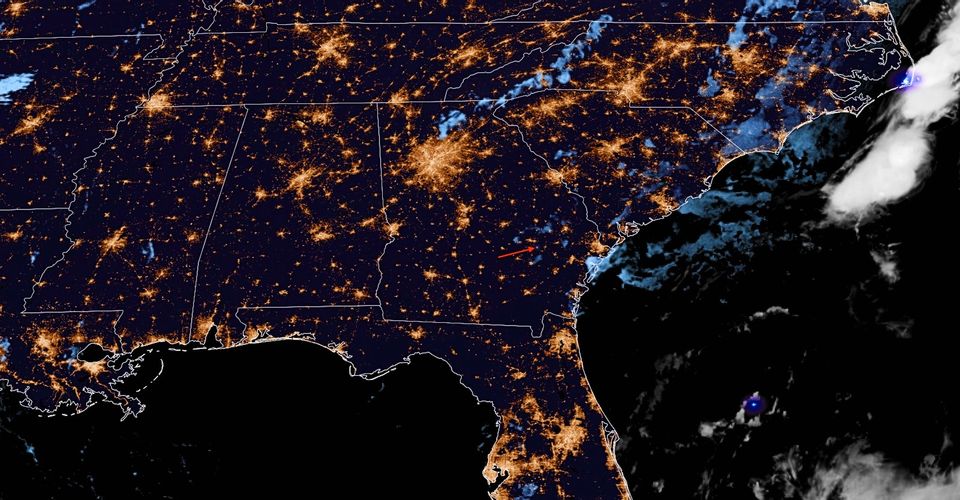NASA Confirms Sonic Boom In Pennsylvania Was A Meteor

New Year was drawing close in Pennsylvania when residents heard a loud sonic boom, and their house trembled. Days later, NASA confirmed the event was a meteor. The difference between a meteor and a meteorite is that the meteor burns up in the atmosphere, and the other hits the planet’s surface. An asteroid, on the other hand, is a larger object that orbits the sun.
Meteors and meteor showers are common and followed by astronomers and the public. Some, like the Perseids Meteor shower, can be seen every year. Other meteors, meteorites, and asteroids surprise even the most watchful eyes of NASA despite all their technology designed to track them.
On Jan. 2, NASA Meteor Shower Watch confirmed that what residents of Pennsylvania witnessed was a meteor. Hundreds of residents from the area went online to share their experiences and shock. NASA says their satellite GOES-16 picked up the meteor signature at about 11:20 AM. Their preliminary calculations show that the meteor had a speed of about 45,000 miles per hour. The half-ton “ballpark” size object burned up violently in the atmosphere exploding with an energy equal to 30 tons of detonating TNT.
How Local Residents Are Helping And Why It Matters

When the meteor hit the atmosphere in Pennsylvania, the sky was heavily covered in dense and bright clouds. This prevented them from seeing the event that NASA assures was 100 times brighter than a full moon. NASA registered the sound of the event using a nearby infrasound station. Using the data from the station, they calculated its size, speed and impact.
While meteors may get past NASA’s vigilance, residents act as final gatekeepers. NASA Meteor Watch’s social media pages are filled with thousands of comments of people who have witnessed meteors and strange events in the sky. NASA relies heavily on these witness accounts. As shocking as it may be, the question, ‘What was that bright light in the sky last night?’ is more common and signals more real meteor events than one may think.
Understanding meteors is what several NASA departments work on. The NASA All-sky Fireball Network is one of the tools they use. With just 17 meteor detecting cameras, the network desperately needs a quick update. Establishing orbits and predicting meteor and meteorite trajectories is vital. While most meteors burn up in the atmosphere, causing no harm, NASA says they do pose a danger to spacecraft, space stations, satellites, space operations, and spacewalks.
Source: NASA Meteor Watch/Facebook

















